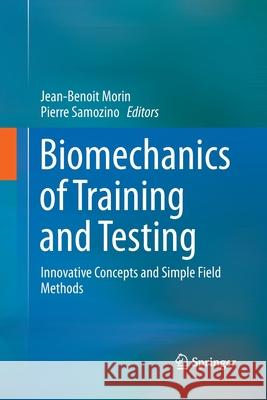Biomechanics of Training and Testing: Innovative Concepts and Simple Field Methods » książka
topmenu
Biomechanics of Training and Testing: Innovative Concepts and Simple Field Methods
ISBN-13: 9783030132231 / Angielski / Miękka / 2019 / 314 str.
Kategorie BISAC:
Wydawca:
Springer
Język:
Angielski
ISBN-13:
9783030132231
Rok wydania:
2019
Wydanie:
Softcover Repri
Ilość stron:
314
Waga:
0.45 kg
Wymiary:
23.39 x 15.6 x 1.73
Oprawa:
Miękka
Wolumenów:
01











